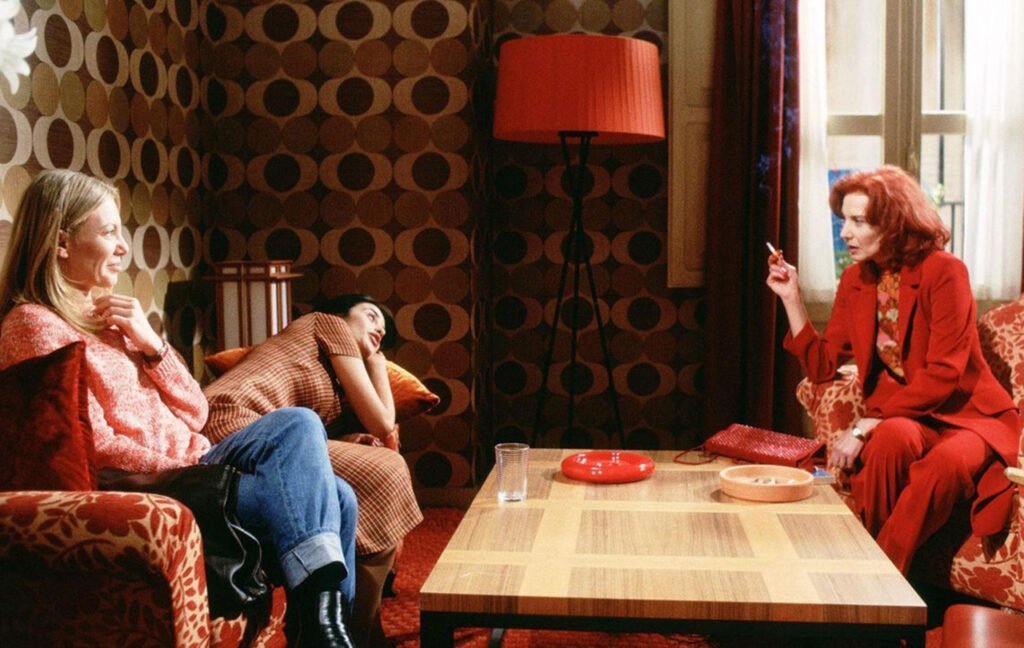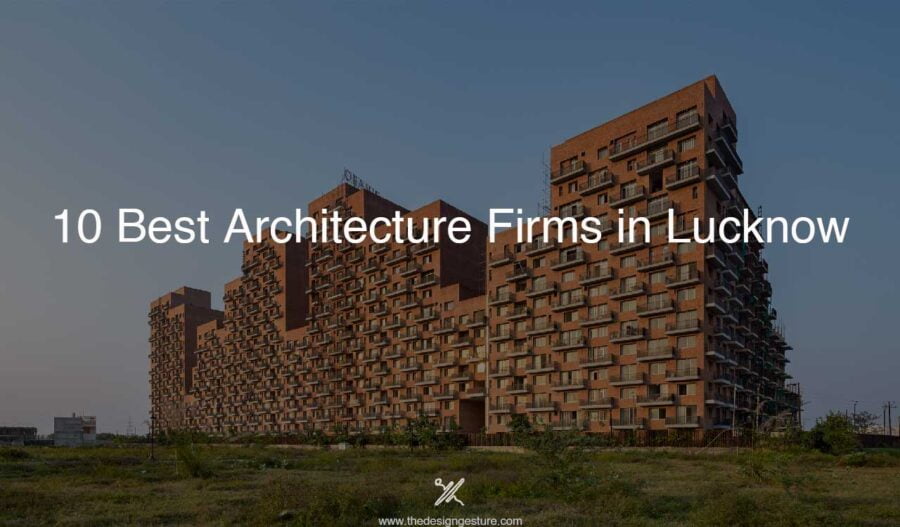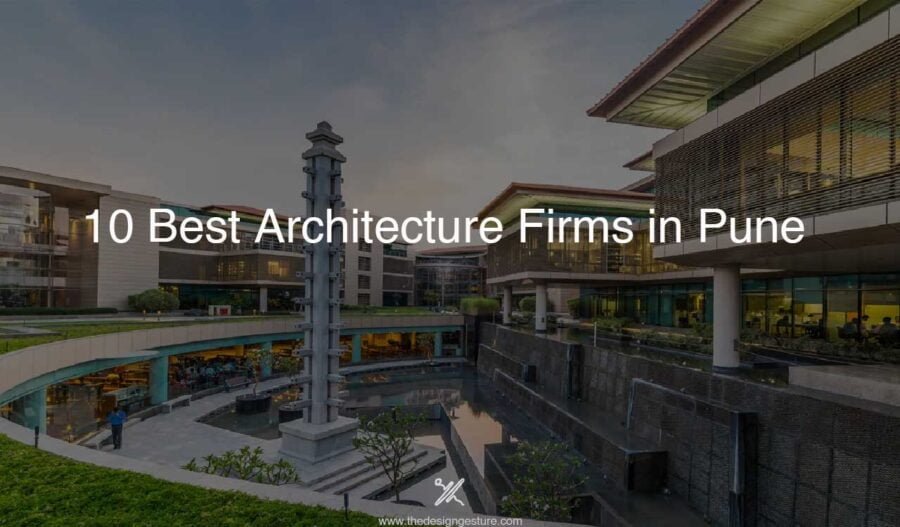“Architecture is a way of thinking about the world very similar in structure to writing a book, since both disciplines represent the same field and domain” – Rem Koolhaas
The term ‘Architect’ can be open to interpretation, much like the reverence of an artist. However, the recognized definition of role is as a building designer and planner, and as a key figure in building construction. Architecture as a profession emerges as a very versatile profession. It is art and science in every sense and provides insights into a wide range of topics that can be applied to distinct efforts.
Architecture students are often constrained by these short-sighted ideas and are often offered the rigorous path that architects must follow in a particular direction to succeed in this area. Indeed, it is interesting to look at the tremendous opportunities and alternate careers that arise when given the opportunity to diversify.
Artists work from reality to abstraction, while architects need to work from abstraction to reality. Despite all the technical, safety, functional, climatic and economic limitations, architecture awakens us with designs in space and light achieved in the abstract.
Table of Contents
PR and Communications Specialist
As a designer, architects need to convey their ideas to school professors and later to investors, clients, city officials, and contractors. Communication skills can have a significant impact on how a particular project is perceived. This can be a good foundation for a career in public relations and communication in architecture. This job requires building credible relationships of trust with media representatives, architects, and many other industry players.
Tech-Founder
Another type of product that architects can develop is digital products. It includes eBooks, online courses, and software and applications that have the potential to revolutionize the AEC industry. There are many examples of architects creating successful Software as a Service (SaaS) companies and app start-ups. For example, Steve Burns of FAIA, the developer of ArchiOffice, an office and project management software. Stephen created the original version of the software to implement his own architectural practices, eventually joined the BQE software to continue developing the tools and is now Chief Creative Officer.
Culinary Arts
Presentations are an important element of fine dining, and these trends are coming and going. In fact, these days, our food slowly recedes to the surface of the plate, often appearing to be randomly scattered, and sometimes even ignores the traditional depictions of the edges. But the true “architecture” of cooking is not the look or visual structure, but the “architecture of taste”, a way of mixing elements to create a visually pleasing framework of taste and texture.
Modern chefs consider many factors, including materials, technology, aesthetics, and perceptual issues. Modern cooking seems to be an interface between technology and philosophy. Like the construction of a project in Switzerland that fully reflected this debate, the goal was to create an indefinite “structure” of water vapor. It is interesting and important that both areas question themselves. Is the building without walls still a building? Was it just the ate or better?
No matter how well the two or more elements are combined, each must be able to stand on its own. Attention is also paid to the structure itself, the way we eat and experience food. The thought process as guests approach the plate of food reflects how the architect imagines the space being navigated by its inhabitants. Cooking from an architectural point of view goes beyond making attractive dishes. Careful layering of flavours and textures will help refine your approach. We use technology to best express the quality of our ingredients. Consider how consumers will ultimately experience our final products.
Architecture and food serve a practical purpose, but buildings enhance a practical form into a work of art with the aim of maximizing the experience.
Film
Have you ever watched a movie and noticed that you were pondering the settings long after the credits were rolled back? Architecture establishes aesthetics like movies, Blade Runner (1982) and Black Panther (2018), narrates scenes like Baby Driver (2017) and Playtime (1967), or parasites (2019). Or a feature film action like Knives Out (2019).
Both film and architecture are forms of art born from the collaboration of an extensive team of artists, merchants and professionals. In either case, the feature is not mistakenly present, but it has been carefully considered and placed for a specific purpose. Therefore, it is not surprising that the two art disciplines are so intertwined. It is undeniable that the film had a clear influence on modern architecture. Contemporary architecture brings its artistic side to the cinema. Modern architecture not only offers a set of movies but also stamps the staging to get out of the frame.
Parasite
Park’s house in the wonderful Korean movie “Parasitic” that won the Academy Award. The villa was a symbolic figure who was very helpful in telling stories and expressing thoughts and feelings. The real mastermind behind the mansion designed by a fictional architect named Namkoong Hyunja was movie production designer Lee Hajun. Given the central role of architecture in the film, Lee sought to approach the set more like an architect than a designer. He then decided to physically build the ground floor and garden of the mansion to give it a more authentic rental feel.
Ferris Bueller’s Day Off
Although not a single building, Feliz loves how Chicago was suddenly painted one morning. The town seems to have a unique character throughout the film, enabling and contributing to Ferris and Co’s “holiday”. It’s a lot of fun to look at the city nearly 40 years ago and see what has changed and what typically remains “Chicago.” Millennium Park and Bean did not exist when Feliz Buehler was filmed, but landmarks like Willis Tower stand out in the city skyline today, as they did in the 80’s.
All About My Mother

Pedro Almodóvar’s films, his narration, music, performing arts and costumes. Everything harmonizes well and supports the story. The interiors he creates are vibrant, full of patterns, colors, textures and details that enhance the cinematic experience. A good example is All About My Mother, which uses an improved set design to sell soap operas to the audience.
Virtual World Designer
Every aspect of today’s society is becoming more and more digital. Our interoperability and the speed of information retrieval and transmission mean that technology has become accustomed to exploring new ways in which it can affect our lives. In recent years, the rise of Bitcoin, blockchain, and now the Metaverse have led architects and designers to rethink the concept of physical and virtual space.
But beyond that, there is a “middle” of space designed to support the technical escape provided by the Metaverse and Web3. While these virtual worlds are on the verge of digitizing everything, architects play a major role in designing the physical space of the real world that they can support.
One of the recent concepts of how our physical space can support highly digitized activities was the dawn of the esports arena. The design of these arenas stems from the growing popularity of online sports, both professional and amateur, and requires a large venue for hosting events. These venues are often equipped with high-speed internet, advanced technology structures, large spectator scenes, and powerful mechanical space to make the fan and player experience seamless.
Esports arenas are often remodelled buildings such as large retail stores and concert halls that had to be remodelled during the COVID-19 outbreak, and the rise of the digital world is a new type of physical space. It shows that it is rapidly creating the need for.
Stage/Set Designer
In architecture, the idea of a stage set may seem insulting, evoking a link to the flashy facade of Potemkin Village and the Archetypal Old West cities. But the spectacular and solid, the difference between performance and reality is in Guy Debord’s spectacle society in the 1960s, and to Las Vegas as a genuine expression of Robert Venturi and Denise Scott Brown’s popular culture. It collapsed in the reaction. If Las Vegas was genuine, the Liberace and Beyonce celebration sets were certainly a part of the norms of modern culture.
Like architecture, the design of the set stands out and works in a limited capacity while evoking a strong sense of place. The two fields also work within the same constraints of budget, program requirements, and site specificity. Just as acting is a simple representation of real life, a theatre set is a representation of a part of the architectural and building environment.
Deutschunde – Design by Bettina Pommer
Thalia Theatre, Hamburg, Germany
Deutschunde is an adaptation of a well-known book by Siegfried Lenz, which talks about National Socialism in Germany and how people coped with dramatic change after the war. The designer reduced the stage to three walls, all shifting and balancing on one corner – the floors become walls, and vice versa. The protagonists are left with no place to hide and have to fight against the space to prevent stumbling and disappearing.

Event Planner
Spatial design has reached new heights in the last two decades and inevitably shapes the event industry. From concept visualization to space design to project construction, the process can take months to come to fruition. Creativity also depends on the venue and cultural conditions. The architectural aspect is just as complex. It’s no longer just about events, it’s about creating different experiences in every project. Architectural aspects are integrated into the entire design process, whether its city planning or landscaping for a park or wedding in the center of the city.
Event Planner Bryan Rafanelli Designs

Bryan Rafanelli of Rafanelli Events is recognized as one of the leading event planners in the United States, with full-service offices in Boston, New York City and Palm Beach, requiring CIA-level obfuscation.
Mint & Mogra
Sagarika Kaimal is a co-founder of the bespoke luxury event company Mint & Mogra. Growing up in London, her main goal as a designer with Indian roots is to successfully blend Western aesthetics with Indian traditions. On the business side, she aims to make her company the number one wedding consultant in London and Mumbai.
Fashion Designer
The world of fashion and architecture is full of design similarities. Both focus on building ideas; on very different topics, but prioritize form and occupant comfort. As Coco Chanel once said, “Fashion is architecture, it’s a matter of proportions.” As craftsmen, they try to translate their vision through textures, colors and shapes. The ultimate goal is beauty and durability, the results of which are constantly evolving and challenging the status quo.
Architecture and fashion belong to the realm of creative art and form a give-and-take relationship. Architectural identity is adopted by fashion in its affinity for experimental transformations. Architecture, on the other hand, is a collection of social morphological forces inspired by the open design of the fashion landscape.
Viktoria Lytra, Form Follows Fashion
Greek architect Victoria Reitla created a series of images exploring the relationship and interaction between architecture and fashion. FormFollowsFashion explores the common purpose of architectural fashion to protect the human body and positions aesthetics as a common element of a novel approach to garment and building design.
Lytra’s series spans a variety of movements and styles that take advantage of common geometric features such as folklore, creases, curves, prints, and twists, such as minimalism, deconstructivism, and postmodernism.
Tour Operator and Guide
Travel is arguably the best way to learn and grow. Knowing about cultures, people, food and architecture in different places helps to generate fresh ideas, new perspectives and broaden your knowledge. Architecture and travel are almost inextricably linked.
If travel is your dream / passion and you are wondering if you can achieve it without quitting your job, looking for a job that will enable you to travel, or doing all the work related to travel. There are many opportunities that you are looking for.
Sharing your love of travel with those who appreciate it is not a bad idea at first. If you are interested in architectural history and are good at communicating and managing large numbers of people, this may be just your career. Extensive knowledge of the location is essential. Many large companies hire tour guides to carry out travel programs along with local work.
Political Architect
The inertia of politics and governance, and in the event of an important social change of high-speed paces, and when there is dissatisfaction with the decision process, it is for the behavior, activities, and brave efforts when they are dissatisfied with the decision process. There is a space. Considering many examples of social activism, architects have tools for making their own stands.
All architectures have political dimensions in the sense that they represent a series of values. Building is political through situations and activities that encourage it. Architects take over complex diagnostics and start discussions, and suggest a scenario to express solutions to press questions. Recognizing the important role of the profession in shaping the building environment and urban life, some architects are willing to double their efforts and not only defend change, but also promote social progress through their activities.
Textile Designer
Modern architecture has rediscovered and further developed the principle of tents as an architectural form of permanent buildings as well as temporary buildings. Highly durable fabrics allow for large areas, using highly specialized sectors within the construction industry. At the same time, certain static requirements for textiles due to wind loads, weathering, twisting, and static factors such as the installation and tension of these textile elements require advanced engineering know-how.
The production of fabrics of a certain length and their cutting are based on complex patterns, and thanks to the latest computer technology, it is also possible to integrate structurally related elements.
Geometric patterns fabric collection by Dedar
Italian textile maker Dedar has unveiled a collection of fabrics that combine graphics and textiles. The collection of geometric patterns features abstract lines and colorful geometric shapes on fabrics suitable for furniture and curtains.




